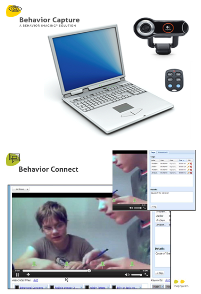Adapting Telemonitoring Technology Use for Older Adults
Kristine Williams, PhD, RN, APRN, FNP-BC, FGSA, FAAN; Priya Pennathur, PhD; Ann Bossen, PhD, RN; and Alexander Gloeckner, BBA
ABSTRACT
Telehealth technologies are increasing health care access for patients in the home and in community, rural, and underserved areas. Older adults may be challenged to use new technologies due to aging- related changes, lack of experience, and different attitudes toward their use. The current pilot study evaluated potential issues in one-on-one training/instructions and use of a telemonitoring application. Older adults may benefit from specific adaptations and training to use new health care technologies, and behavioral coding is an effective way to evaluate the user interface for new technologies. Feedback from the current study will be used to adapt the application and training to support dementia caregivers. [Res Gerontol Nurs. 20XX; x(xx):xx-xx.]
Read more here: adapting-telemonitoring-technology-use-for-older-adults-a-pilot-study(2)

